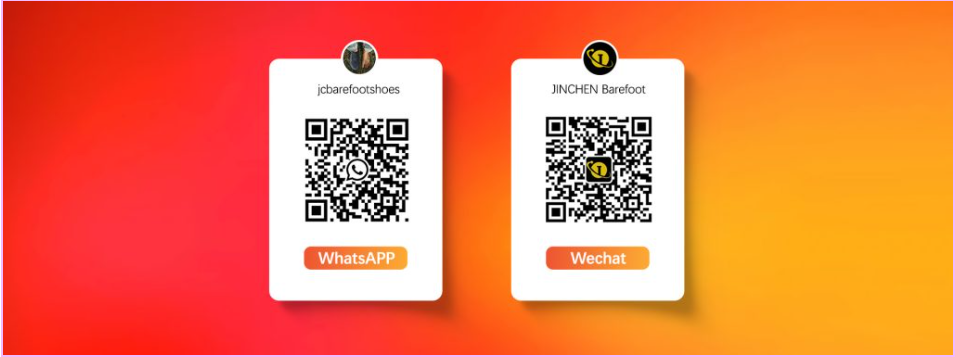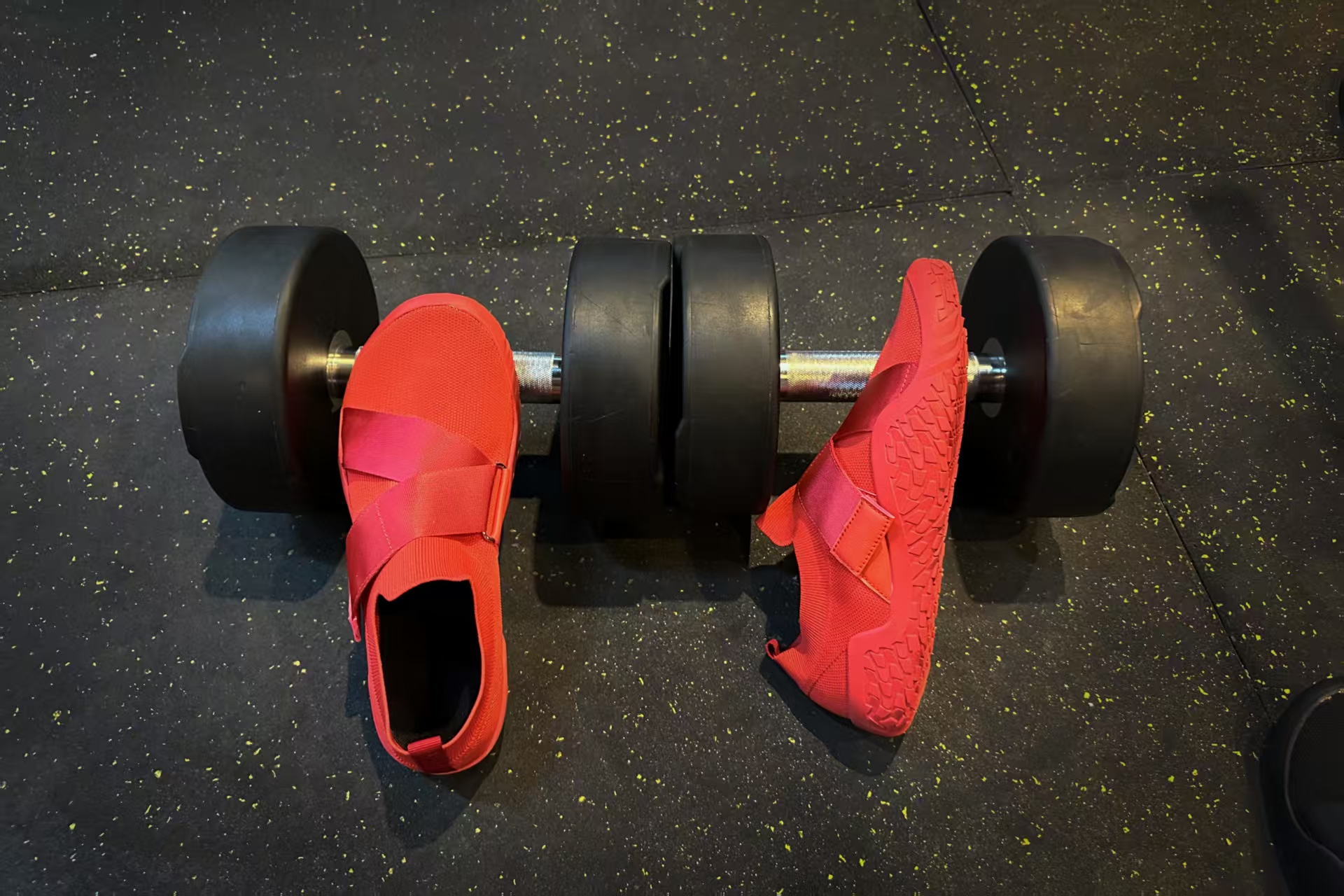With the improvement of health awareness, more and more people are beginning to explore more natural and ergonomic ways of exercising. Among the numerous fitness trends, barefoot training and the concept of barefoot shoes derived from it are quietly emerging. This training method emphasizes returning to the most primitive movement mode of the human body. It can not only improve athletic performance but also prevent injuries and enhance physical perception. In this fitness era that pursues a return to nature, barefoot training is triggering a quiet sports revolution. From the collision of iron sheets in the weightlifting area to the breathing on the yoga mat, from the intense competition on the court to the endurance challenge outdoors, shedding the shackles of traditional sports shoes, our feet are relearning the way to communicate with the earth.
1.What are barefoot shoes?
Barefoot shoes, also known as “minimalist shoes”, are designed with the concept of minimizing the thickness of the sole and the supporting structure as much as possible, allowing the feet to move in the most natural way. Compared with traditional sports shoes, barefoot shoes have the following characteristics:
Ultra-thin sole: Provides sufficient ground perception while protecting the sole of the foot from sharp objects.
Wide toe caps: Allow the toes to stretch naturally and avoid deformation due to compression.
Zero Drop: The height of the anterior and posterior palms is consistent to reduce the pressure on the Achilles tendon.
Flexible material: The upper of the shoe is soft, allowing the foot to move freely.
2. The fitness advantages of barefoot shoes
Strengthen the muscles of the feet
Traditional sports shoes usually have cushioning and support. Wearing them for a long time may cause the foot muscles to become weak due to reliance on external support. Barefoot shoes force the feet to exert force actively, thereby exercising the arch of the foot, ankle and calf muscles and reducing the risk of sports injuries.
Improve gait and posture
Barefoot shoes encourage the front or the entire sole of the foot to touch the ground first rather than the heel (commonly found in thick-soled running shoes), which helps reduce the impact on the knees and hip joints during running, making the gait more natural and efficient.
Enhance proprioception
Proprioception refers to the ability of the body to perceive its own position and movement. Barefoot shoes help improve balance and coordination by enhancing tactile feedback on the soles of the feet, and are especially suitable for yoga, Pilates and functional training.
More suitable for summer sports
Barefoot shoes are usually made of breathable mesh or lightweight materials, which are cooler and lighter than traditional sports shoes. They are very suitable for outdoor running, hiking or gym training in summer.
3. Summer Barefoot Training Guide: The Scientific Application of Different Fitness Programs
Weightlifting training
Lifting weights barefoot or in barefoot shoes can significantly improve athletic performance:
Squats/deadlifts: Direct ground contact enhances proprioception, helps maintain a neutral position of the spine, and reduces lumbar compensation
Grip optimization: The wide toe design allows the toes to naturally spread out, forming a more stable “tripod” support structure
Force transmission: The ultra-thin sole ensures the efficient transfer of force from the foot to the barbell, avoiding the energy loss of traditional thick-soled shoes
Training suggestions:
Start getting used to the barefoot feeling from the empty pole
Pay special attention to the force on three points of the foot (the big toe ball, the little toe ball, and the heel).
When doing deadlifts, you can try the combination of “barefoot + magnesium powder” to enhance anti-slip performance
Functional training
Kettlebell swing: The barefoot state can more clearly perceive the shift of the center of gravity and optimize the explosive power of the hip
Jumping box training: Enhance the elasticity of the arch at takeoff and automatically adjust to a safer forefoot cushioning upon landing
Combat rope training: By fine-tuning the soles of the feet, it helps maintain core stability and reduce energy leakage
Self-weight training
Push-ups/planks: Direct contact of the toes with the ground enhances the tension at the ends and improves the efficiency of core recruitment
Single-leg balance training: Proprioception improves by 300% when barefoot, significantly enhancing dynamic balance ability
Burpee: Eliminates the interference of friction on the sole, making the movement connection smoother
Yoga/Pilates
Standing pose: Full contact between the soles of the feet and the cushion helps to find the best force line arrangement
Foot activation: It is easier to perform fine controls such as “raising the arch of the foot” in a barefoot state
Hot yoga: It has better breathability than traditional sports socks, avoiding the risk of slipping
Ball games
Basketball: During training, you can do defensive sliding exercises barefoot to improve the efficiency of lateral movement
Badminton: Enhance the perception of the soles of the feet during sudden stops and changes of direction, but professional shoes are still required for official competitions
Beach volleyball: Naturally suitable for barefoot training to enhance ankle stability
Endurance training
Treadmill training: Set a 1-3% slope to compensate for insufficient buffering, and reduce the pace by 15-20% as the adaptation period
Rowing machine: Barefoot fixation is more secure, and the foot lever can be better utilized during the driving stage
Swimming land training: Barefoot elastic band training to enhance the flexibility of the feet and ankles
Special training method
Sand training: The best barefoot scene in summer, increasing calorie consumption by 27% per step
Cold water foot bath: After training, walk barefoot on water at around 15℃ for 3 to 5 minutes to accelerate recovery
Acupressure board walking: As a relaxation after training, it stimulates the reflex zones on the soles of the feet
Advanced plan
Weeks 1-2:15 minutes of barefoot home training every day
Weeks 3-4: Add 30% of the barefoot proportion of regular training
From Week 5: Selectively conduct barefoot training based on the characteristics of the project
4. Special Tips for Summer Training
Surface temperature monitoring: The temperature at noon on the asphalt ground in summer can reach 60-70℃. It is recommended to use an infrared thermometer gun to ensure training safety.
Alternate strategy of barefoot/barefooted shoes:
Technical training: Barefoot
Load training: Barefoot shoes
Recovery Day: Restorative footwear
Foot care package:
After training: Disinfect with tea tree essential oil
Before going to bed: Shea butter massage
Weekly: Exfoliate pumice
Injury prevention plan:
Daily foot “Three-piece Set” :
Cold water foot bath (13-15℃ for 3 minutes)
Fascia ball relaxation (2 minutes per foot)
Toe towel grasping (3 sets ×15 times)
Nutritional support
Increase the intake of collagen
Supplementing vitamin C promotes the repair of connective tissue
This barefoot revolution is not merely a change in training methods, but also an upgrade in the perception of sports. When you take off your sports shoes, not only do you free your feet, but you also open a door to a more efficient and natural exercise mode. Starting from today, let’s write the most advanced fitness stories in the most primitive way – because the echoes of the earth are always the most honest training feedback. Contact us – your personal barefoot shoe fitness coach.




